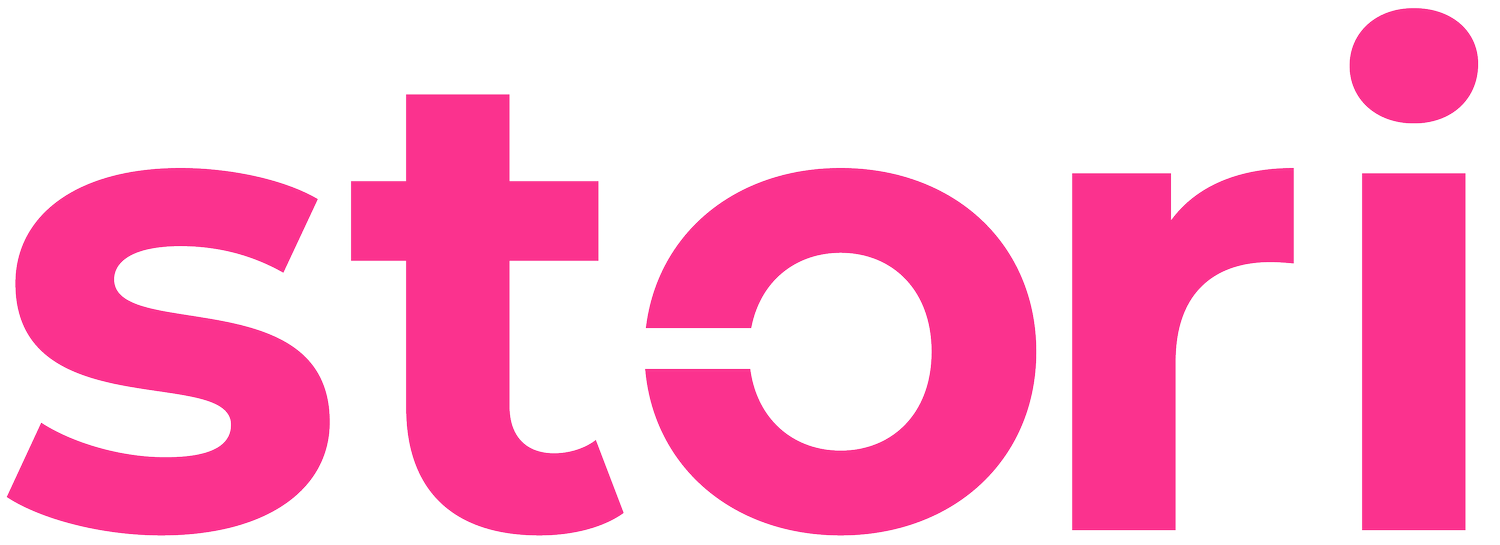What are students really saying about blended learning?
Kristen Seaman is the higher education specialist in the Incubator team at consumer intelligence experts Brandwatch and her colleague Gemma Hall is a product marketing manager, together they outline what their analysis has shown them about the response to blended learning.
COVID-19 has had a huge impact on universities in the UK. When forced to close their physical doors in March 2020, management and academics had to pivot their strategies within a matter of weeks to enable students to continue their studies online. This paved the way for a more flexible approach, combining online materials with in-person lectures - or as we know it, ‘blended learning’.
Lots of universities have pointed to the benefits of blended learning. Alongside reducing the risk of spreading COVID-19, conversations have surrounded the positive impact on students struggling with social anxiety, greater suitability for students with disabilities, and also opportunities for rural economies and students who want to live and work there. Many universities are now advocating moving towards a blended learning model permanently.
But how do students, staff and others in the industry feel about it? Let’s dive in.
There are far more negative conversations than positive ones
Brandwatch for Education sentiment analysis was used across owned vs. earned content published online about blended learning. The results show that while universities are talking about hybrid education in a positive way, their student audience is not.
With just 1 in 3 posts of earned content being positive compared to 82% of owned content being positive, there is a clear disconnect between the marketing activities of universities and the student experience itself.
Drivers of negativity are financial
Parents and students alike are protesting paying the same tuition for blended learning as they would for full in-person classes. They also object to the high cost of rented accommodation when students are no longer able to live there due to COVID restrictions.
Since over half of students turn to social media to make decisions about their uni choices, there has never been a more important time to manage, understand and act on these conversations.
The vast majority of conversations are from students
Looking at mention volume, the groups that are the most vocal about the move to blended learning are the students, leadership team, and faculty.
But while students are the most vocal group on the topic, they are surprisingly not the ones driving the most negative conversions.
The most negative conversations happening online are from university staff
Faculty and staff members came out top for the most negative comments surrounding blended learning.
So although they are not posting as frequently as students, the staff that do speak out online are more negative about blended learning than the students are. Key reasons for this include staff claiming the students don’t listen or engage as much as if they were seated in lecture halls, that they have been forced to become part-time technicians to produce the online lectures which they have not been trained to do, and that their academic productivity has been affected - as well as their teaching quality.
The top universities receiving praise for their blended learning approach
But not all posts online are negative. These are the universities who have helped drive the 33% of positive conversation surrounding blended learning - and, more importantly, what it is they are doing to deserve the praise.
Imperial College London
Leeds Beckett University
University of Gloucestershire
So there you have it. Insights into these types of conversations are critical to universities starting to publicise their blended learning courses. And with trends in the industry changing every day, there’s never been a more important time to keep on top of it.
For more information visit our website.









